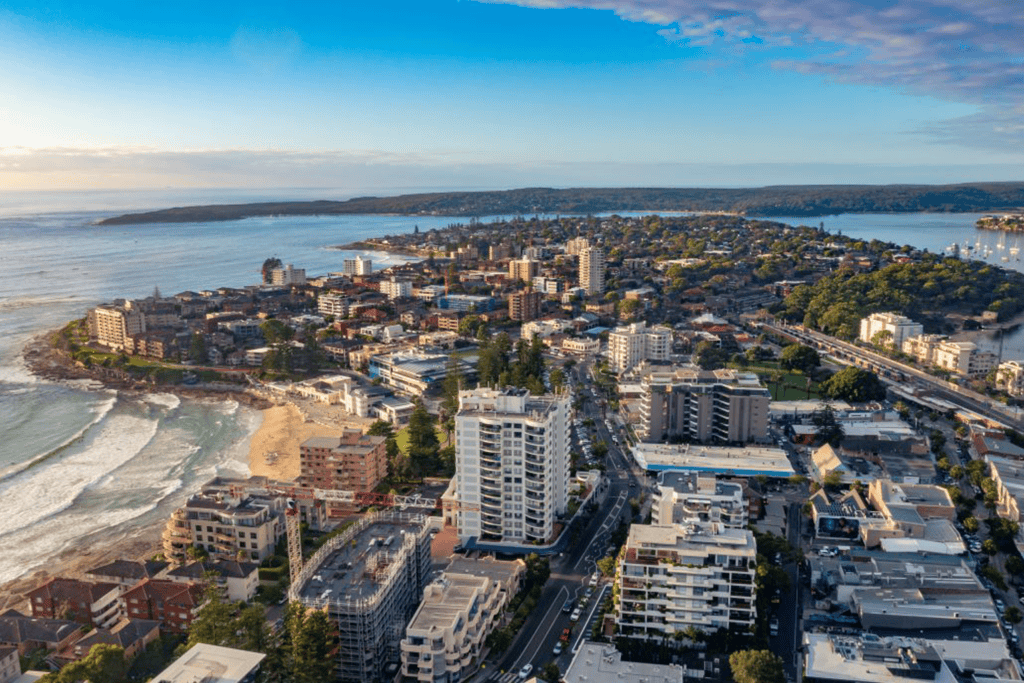The Reserve Bank of Australia (RBA) is casting around for clues on how to deal with the rapid changes the domestic economy is going through.
While the minutes from the RBA’s December policy meeting repeated its now-familiar views on the domestic and global economies, Governor Philip Lowe later went on to explain how the bank was puzzling over a number of conflicting indicators.
The minutes acknowledged the strength of the world economy in 2017 as trade improved, and said the local labour market was solid and would continue to grow. However, they conceded that the outlook for inflation remained uncertain. That’s familiar stuff.

Lowe then told the Australian Business Economists Annual Dinner that while the bank was expecting economic growth to improve slowly, it was still searching for the “new normal”. In other words, it is on a quest to make sense of a host of confusing signals.
For example, business owners feel better about their prospects than they have for some time, but consumers feel weighed down by weak income growth and high debt levels.
“Real income growth for many households has also been unusually slow,” Lowe said. “Not surprisingly, these households … wonder whether this slow growth in incomes is now the new normal, or whether in time it will pass. Much depends upon the answer to this, including households’ appetites and ability to spend and borrow.
“So, we are still searching for what is normal.”
This hints at the possibility that the RBA is looking for a way to fit what is happening to the Australian economy into a neat theory so it can formulate some policy answers. The flip side to this is that the bank may be tacitly admitting that it’s as confused as the rest of us.

“One issue the board paid increasing attention to was the persistently weak growth in wages and household incomes and the implications for consumption,” Lowe said. “A related issue is the effect of increased competition [and changes in technology] on the wage and price dynamics in the economy.
“We are still trying to understand this. It does, though, look increasingly likely that these factors will mean that inflation remains subdued for some time yet.”
And if that happens, we can infer that an official rate rise will also be some time off.
Lowe noted that the growth in household debt had been outpacing the very low growth in household incomes for a few years and, as a result, the household debt-to-income ratio had risen.
However, he added that the low interest rates meant that even though debt levels were higher, the share of household income devoted to paying mortgage interest was lower than it had been for some time.
“The central issue here is how the high levels of debt affect the stability of the economy over the medium term,” he said. “Our concern has not been the stability of the banking system; the banks are strong and they are well capitalised. Rather, the concern has been that as the household sector takes on ever-more debt relative to its income, the risk of medium-term problems increases. This is especially so when this debt is taken on in an unusually low-interest rate environment.”
To recap: employment is good, yet inflation is low; business confidence is strong, yet wage growth is low; corporate profits are solid, yet consumer confidence is flagging.
These confusing signals may mean the RBA needs to forget about established economic theory in its quest to find a “new normal”.




